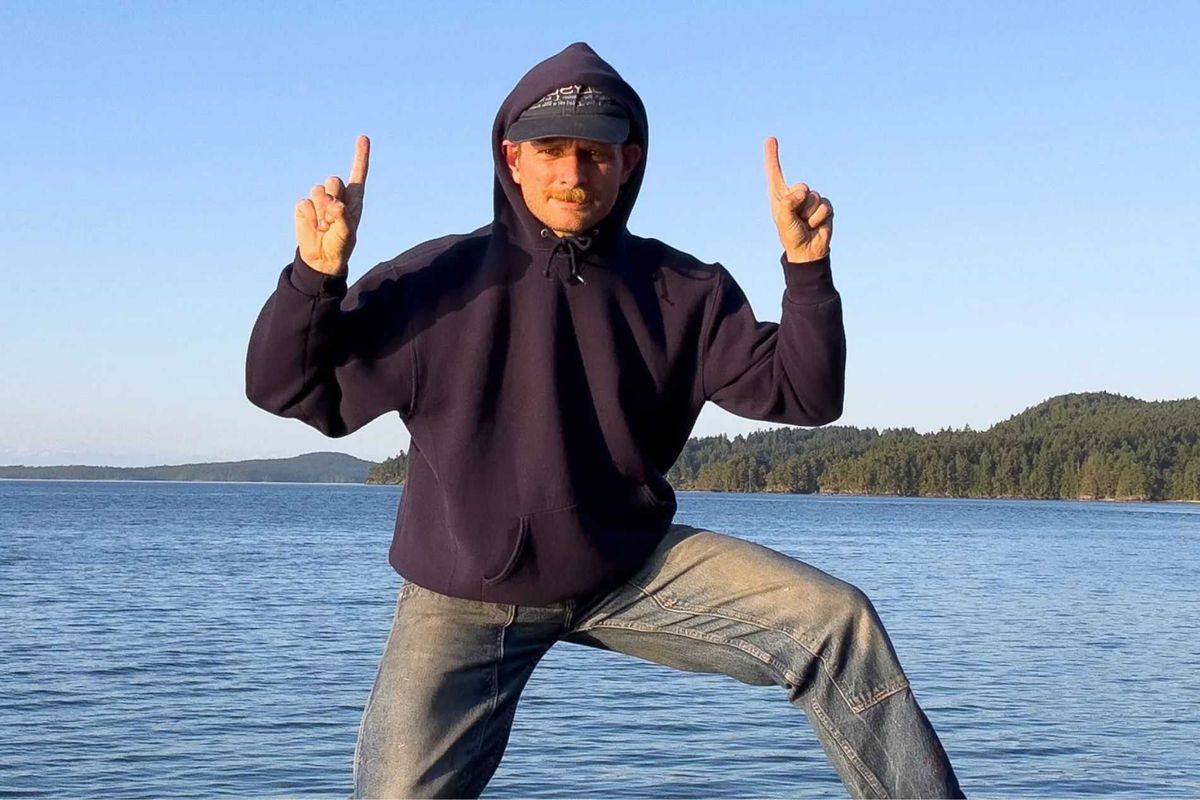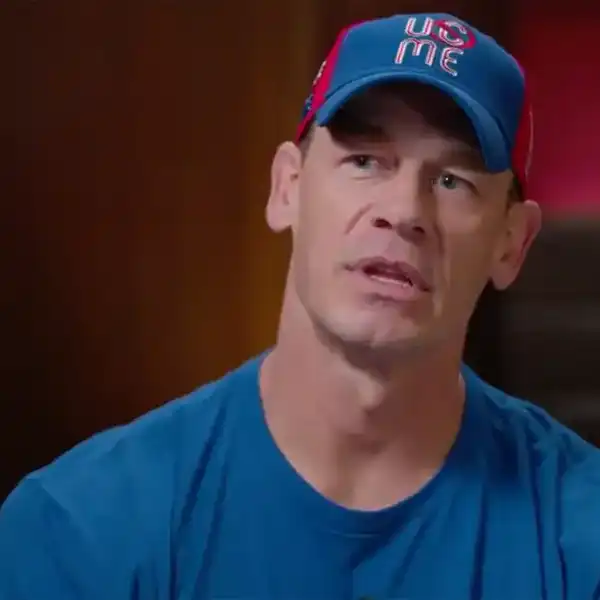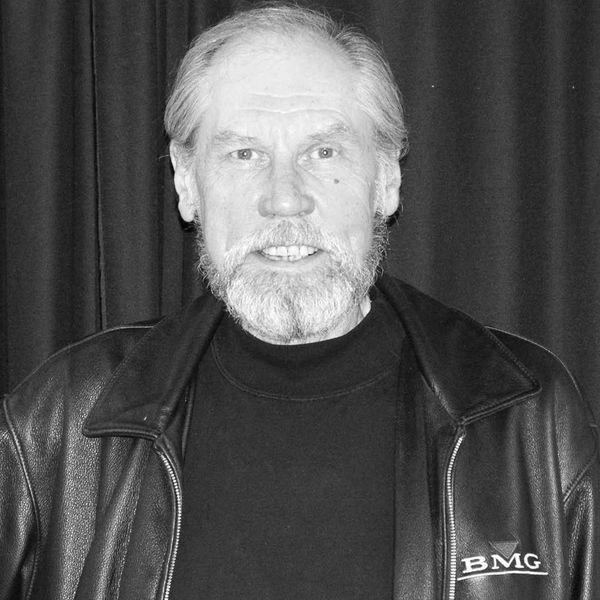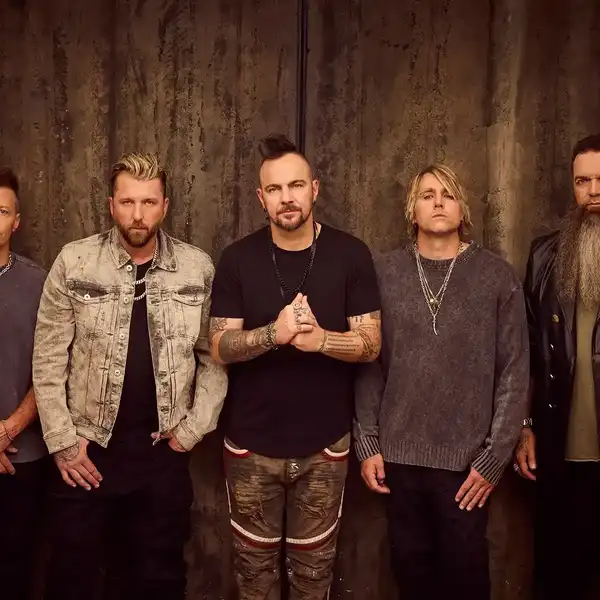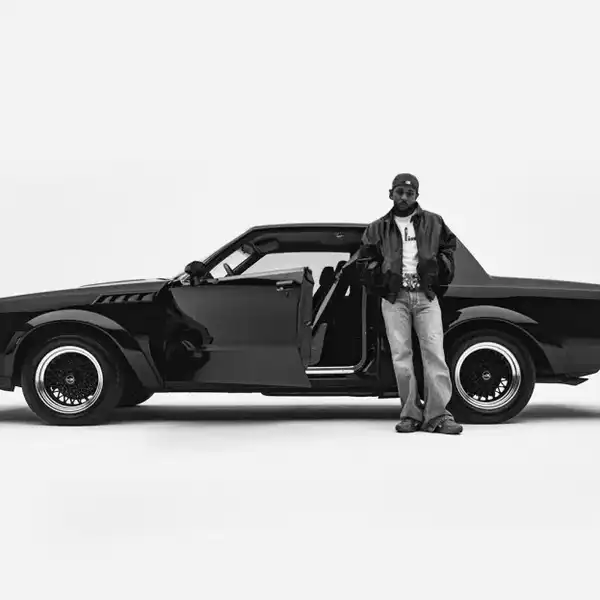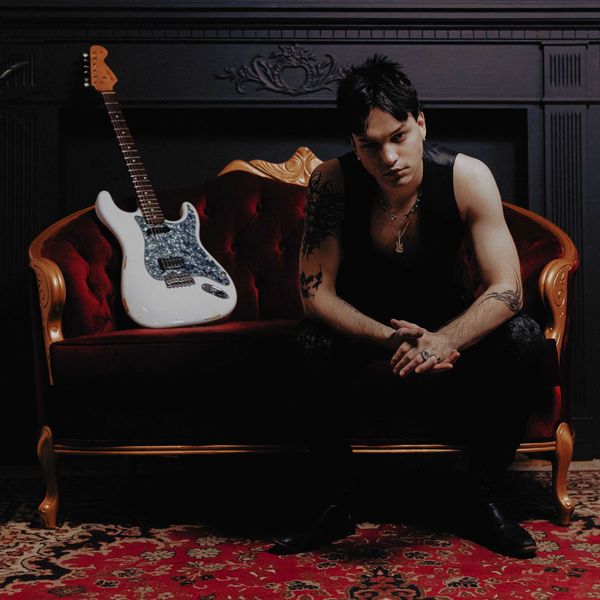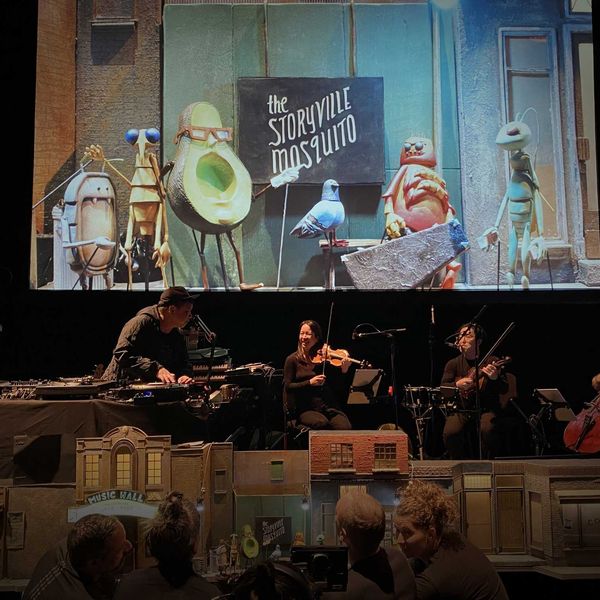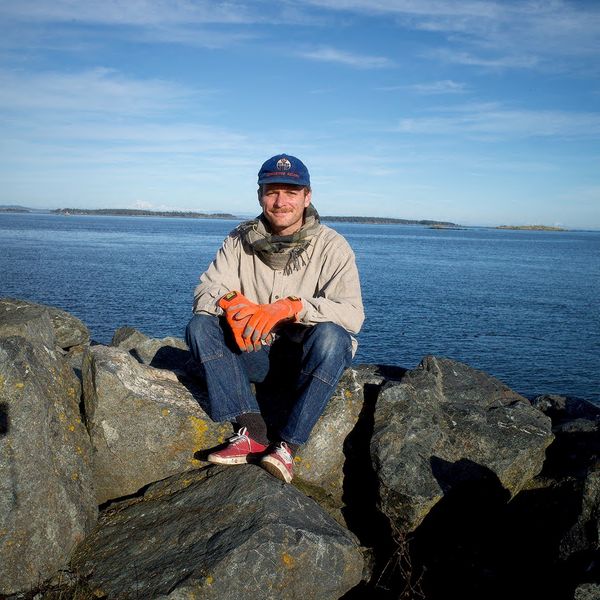Some Of The Inspiration Behind Daniel Lanois' Latest Album, Heavy Sun
To say that Daniel Lanois has his pick of artists that request to work with him is not an exaggeration by any means.

By Nick Krewen
To say that Daniel Lanois has his pick of artists that request to work with him is not an exaggeration by any means.
The seven-time Grammy and eight-time Juno Award winner and member of the Canadian Music Hall of Fame has carved out a peerless reputation for his work with U2, Brian Eno, Peter Gabriel, Robbie Robertson, The Killers, and others, as both a producer and a musician.
For his latest opus, the soul gospel-flavoured Heavy Sun that features amazing harmonies and a spiritual approach, the eOne recording artist decided it was just as appealing to invite the musicians down the block than to reach across oceans to fulfill his artistic vision.
“I operate by invitation but also by intuition," said Lanois recently in Toronto. "In Los Angeles, I have some very good mates that were neighbours – Rocco Deluca is an old friend of mine and we always wanted to be in a singing group together. I could have responded to more visible, international invitations, but I wanted to make a record with my friend who lives down the street.
"So, it’s nice to be reminded that to make sure you look after your street,” he laughs.
Born in Hull, Quebec, Lanois began his engineering career in his mother Jill's basement with his brother Bob in Ancaster, ON. Eventually the duo moved to Hamilton, ON and founded Grant Avenue Studio, where Brian Eno decided to set up camp and further explore ambient music. While the association would draw Lanois away into numerous international settings, he's always remained steadfast in his affection for the Hammer.
So when he was in L.A., looking up neighbours like Rocco DeLuca and Jim Wilson was natural when he wanted Heavy Sun collaborators.
“A variation on the theme of where you come from, you know?" he says. "And I think about Hamilton that way. I keep in touch with Terra Lightfoot for example – she visits me in Los Angeles, and I’m going to probably see her in a few weeks in Toronto and so on. There’s someone who I care about who I’d happily record with anytime. So, it’s usually a combination of what’s immediately in the neighbourhood and what might be available to us in a much broader fashion internationally. I like to leave the entire spectrum available to me.“
There was one more masterstroke: Lanois convinced Johnny Shepherd, the Music Minister of the Zion Baptist Church in Shreveport, Louisiana, to join the rest of them in L.A. to co-write and record Heavy Sun.
"When Dan called he said, 'I want that gospel touch,'" Shepherd said from Los Angeles in a separate interview. "I didn’t know how it would work, but Dan always said, 'Let the music be our guide.'
"I’d be sitting at the organ playing, you can feel a certain spirituality in that music."
The 11 songs on this album are all powerful pieces of work, and Dan Lanois graciously took the time to explain the inspiration behind four of them.
Tree of Tule (pronounced Too-lay)
“I was doing a drive from Mexico City to Oaxaca, and I came upon the town of Tule. It had a 1000-year-old tree in a park, and I saw people congregating under the tree – not to worship the tree, but worship under the tree. The tree represented stability to what has always been and will always be. And I was really touched that people found refuge under this fabulous monument provided by nature. And so, I wanted to use The Tree of Tule as a point of reference for something that we should all be aware of. In Canada, we have our incredible entire nation of nature, and it's something we should be reminded of, even in these times of high technology.”
Every Nation
"'Every Nation started out as a church song called “Fare Ye Well:” it’s a call-and-response song that Johnny showed us. I liked the energy of it and I wanted to bring the energy to this subject. That’s a song that I started in L.A. and finished in Toronto.
"I always had this idea of a Native compadre coming to Toronto looking for work and running into all kind of roadblocks, but listening to the forgotten voices as his inspiration and guidance. And then, at that time, there was that dispute out East with the natives’ fishing rights being threatened one more time and so I rolled that intro to the song. It’s a shout-out to my native compadres and I really like the drumming on that track. I really think the drumming speaks as loudly as the lyrics.”
Tumbling Stone
"Tumbling Stone is about Johnny leaving his home to become a troubadour and how I left my home to wander on a pilgrimage. And also, to have the courage to leave the comfort of home and the comfort of the walls of church and take the message on the road.
"That’s where we came up with the term 'Church With No Walls.' And I felt that there was a freedom that came our way through that song – or a reminder to us, at least, that we can, as we travel, we can let the Word be heard. And if we could touch hearts and bring joy to people as we move along, that’s a good thing done. So, that’s the basis of Tumbling Stone. That as comrades, we could travel together – the four travelling minstrels."
Mother's Eyes
(Ed. note - Daniel's mother Jill passed away on October 7, 2020.)
"Well, my mother was on her way out at that time, and we thought about the state of the world. We thought, if the world could only see through mother’s eyes before making decisions about foreign affairs, about wars, about drone bombing, all kinds of – I’m not being judgmental or specific about any governing body – but we do have those kinds of problems in modern times – I’m shocked that it still exists.
"If we only took a minute to listen to what our mothers told us to do we might make better decisions. This is a very simple message that our mothers should stop us in our tracks if we’re going in the wrong direction.”

